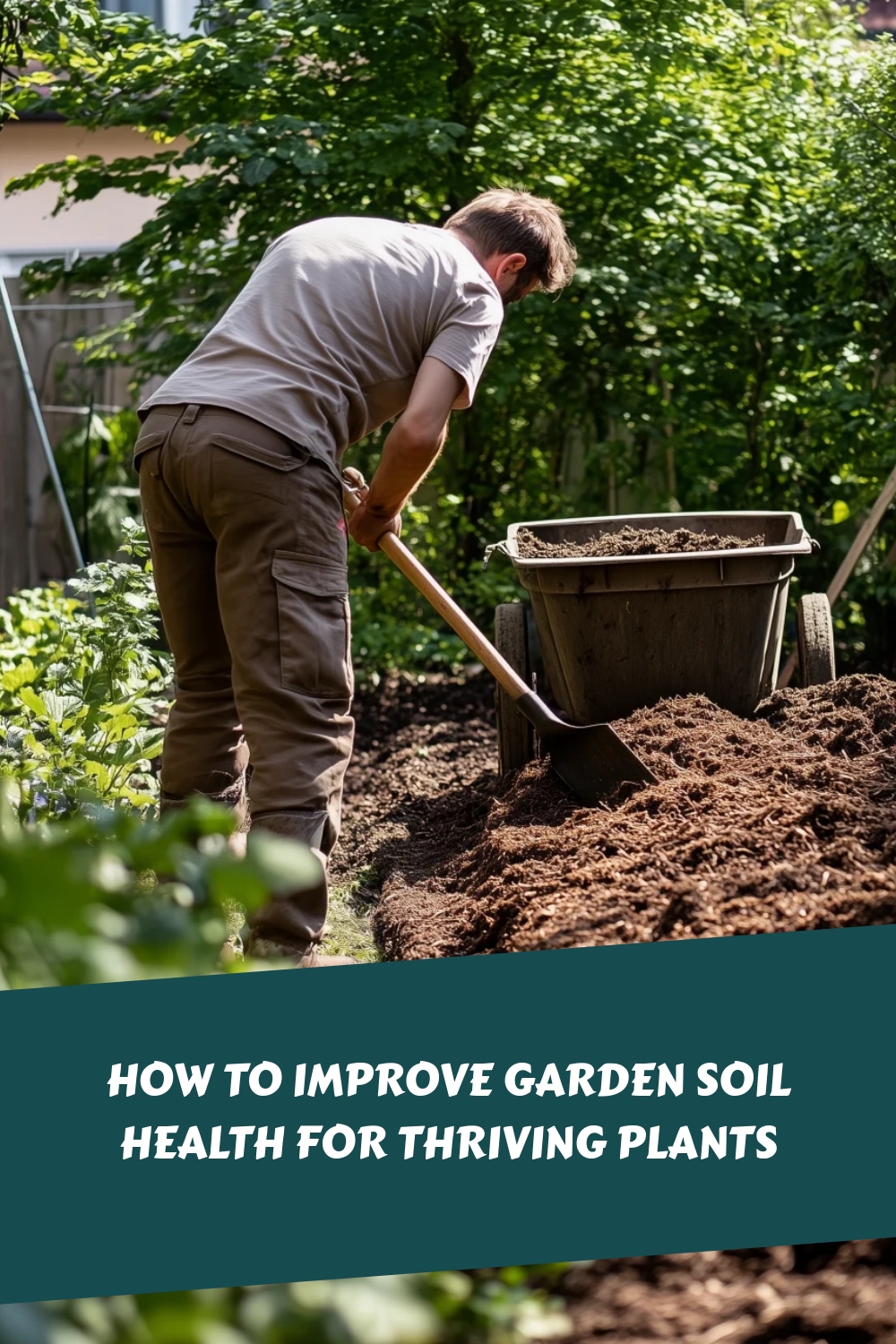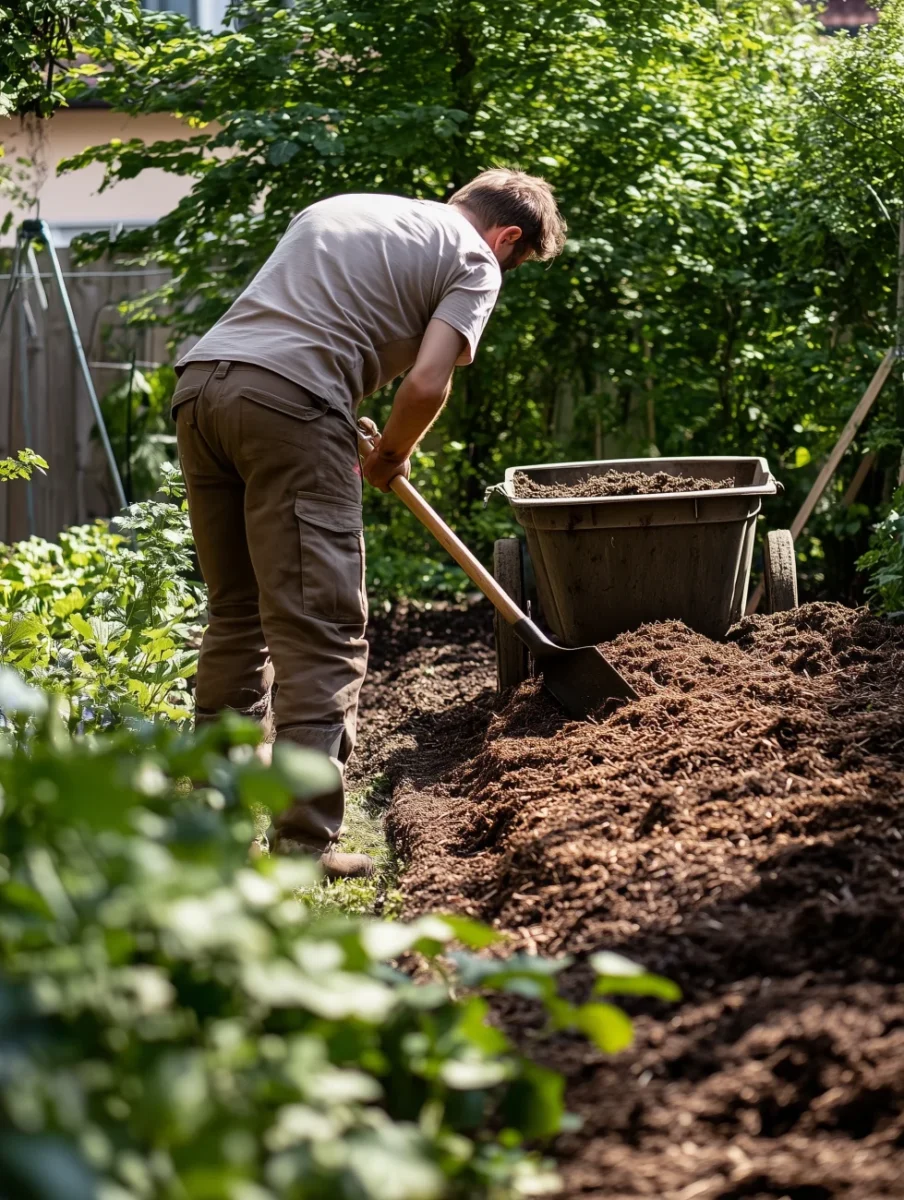
Most gardening challenges can be traced back to one common denominator: the soil. Whether your plants are struggling with poor growth, susceptibility to disease, or failing to thrive despite regular watering and fertilising, the answer often lies beneath the surface.
Great gardens begin with great soil, and understanding how to work with and improve your particular soil type can transform your gardening experience. This post will walk you through why soil improvement matters, how to identify what your soil needs, and specific techniques for different soil textures.
But first, read this post to fully understand what soil is and what it comprises of.
Why You Need to Improve Garden Soil
Garden soil is a complex ecosystem teeming with life and serving multiple crucial functions in supporting plant health.
Soil provides four essential elements for plant growth:
- Physical support – Anchoring roots and keeping plants upright
- Water – Storing and providing moisture for root uptake
- Nutrients – Supplying essential elements plants need to grow
- Oxygen – Allowing roots to respire through pore spaces
When any of these functions are compromised, plant health suffers. Plants grown in poor soil require more water, more fertilizer, and more intervention to survive—and even then, they rarely reach their full potential.
Signs Your Soil Needs Improvement
Watch for these indicators that your soil could use some help:
- Water pools on the surface after rain or irrigation
- Soil forms a hard crust when dry
- Plants show stunted growth despite regular fertilizing
- Roots appear shallow, circling, or stunted when plants are removed
- Soil is difficult to dig or work with
- Plants frequently suffer from drought stress or disease
- Earthworms and other soil life are scarce.
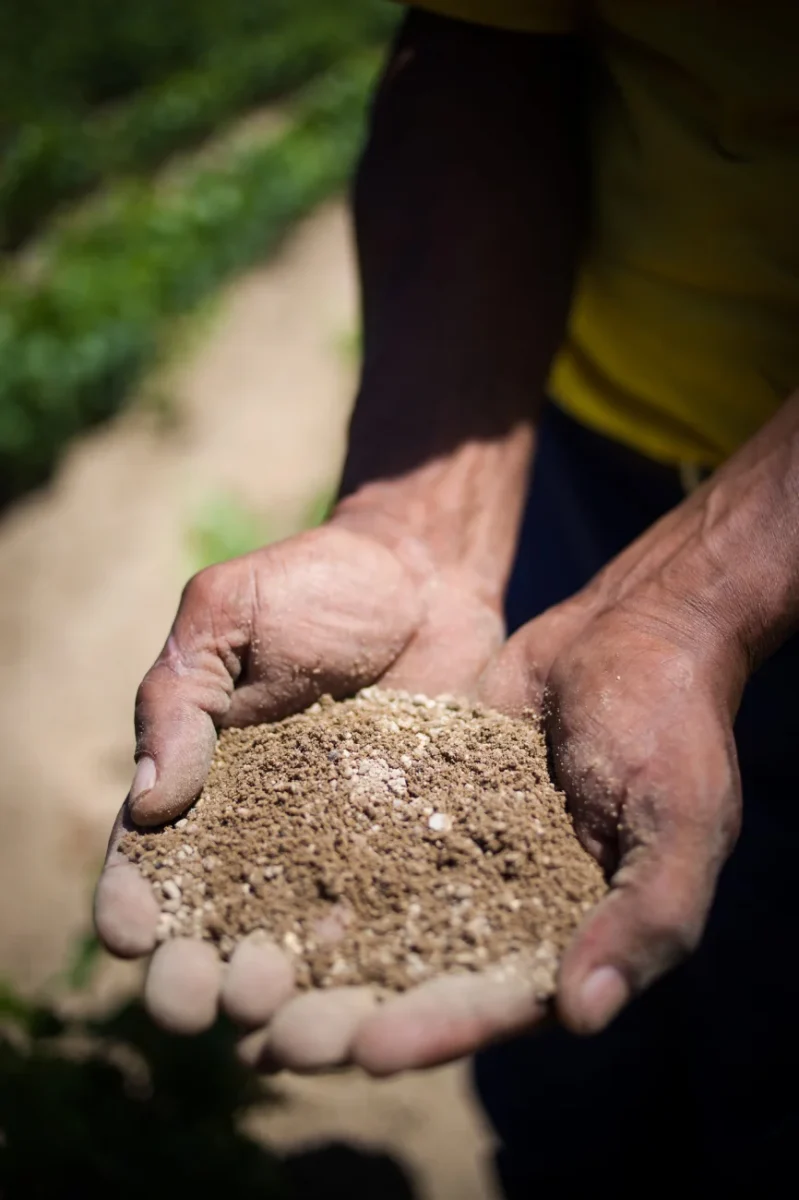
Understanding Soil Texture
Soil texture—the proportion of sand, silt, and clay particles—is the foundation of soil behavior. While you can’t fundamentally change your soil’s texture, understanding it helps you make targeted improvements:
- Sand – Large particles (0.05-2mm) create good drainage but poor nutrient retention
- Silt – Medium-sized particles (0.002-0.05mm) with balanced properties
- Clay – Tiny particles (less than 0.002mm) that hold nutrients well but drain poorly
Most garden soils contain a mix of these particles, and the dominant type determines your soil’s characteristics and needs.
Before making improvements, you need to understand what you’re working with.
Simple Soil Tests You Can Do at Home
The Squeeze Test:
- Take a handful of slightly moist soil
- Squeeze it in your palm
- Open your hand and observe:
- If it falls apart immediately: sandy soil
- If it forms a ball that crumbles when poked: loamy soil
- If it forms a sticky ball that holds its shape: clay soil
The Jar Test:
- Fill a clear jar one-third full with soil
- Add water until nearly full
- Add a teaspoon of dishwashing liquid
- Shake vigorously, then let settle for 24 hours
- Sand settles first (bottom), then silt, then clay (top)
- Measure the layers to determine approximate percentages
The Drainage Test:
- Dig a hole 12 inches deep and 6 inches wide
- Fill with water and let drain completely
- Refill and time how long it takes to drain:
- Under 4 hours: drainage too fast (sandy soil)
- 4-8 hours: good drainage (loamy soil)
- Over 8 hours: drainage too slow (clay soil)
See our guide to soil texture analysis.
Professional Soil Testing
For more precise information, consider a soil test from your local extension service or a private lab. These tests provide:
- pH level (acidity/alkalinity)
- Nutrient levels (N-P-K and micronutrients)
- Organic matter percentage
- Recommendations specific to your soil and planned crops
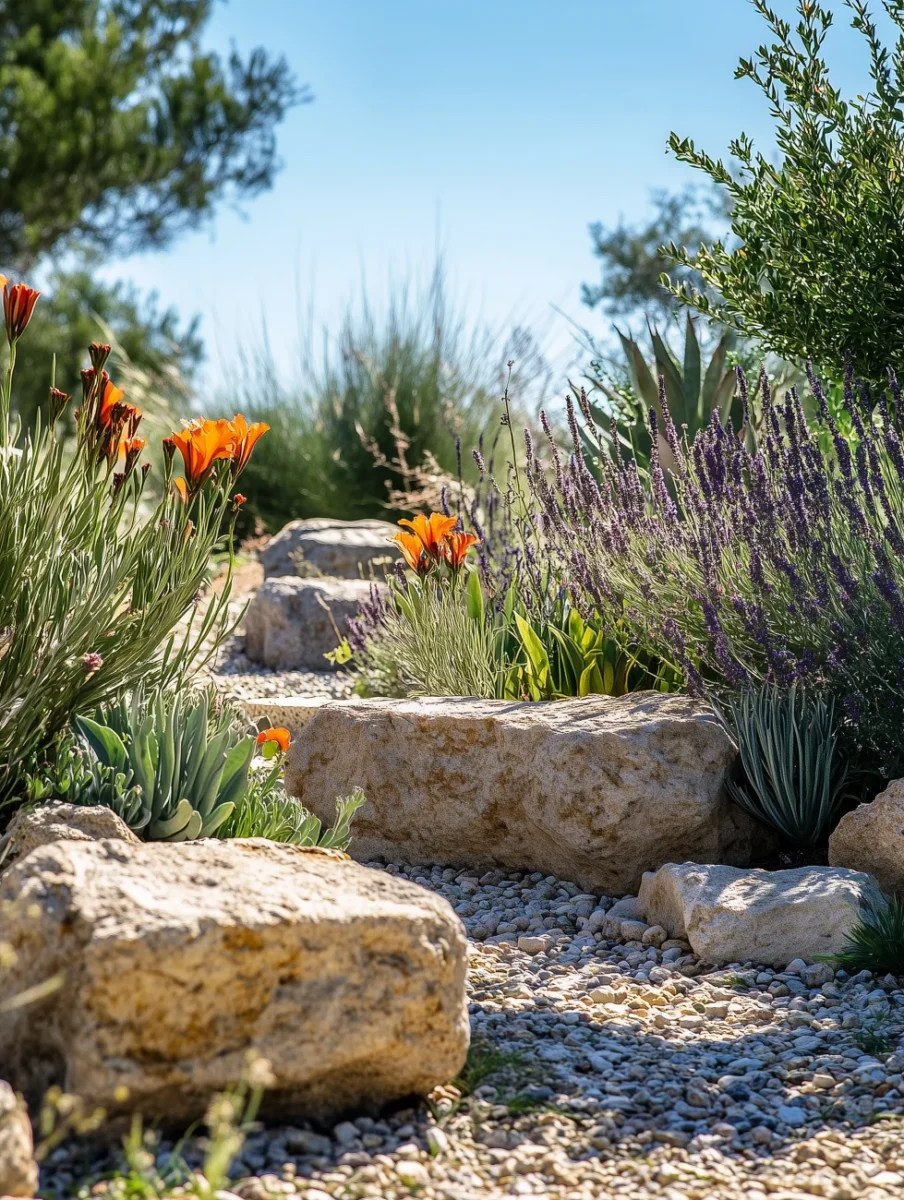
Universal Soil Improvement Methods
Some practices benefit virtually all soil types and should be part of every gardener’s regular routine. As noted it is hard to change teh basic soil texture that you are dealing with, but you can improve the soil structure.
Improving soil structure will help drainage in clay soils and encourage retention of nutrients and moisture in sandy soils. It will also allow plant roots to grow more easily and permit oxygen to be available at the roots.
See our gardener’s guide to garden soil, for more on soil texture and soil structure
Adding Organic Matter: The Universal Soil Improver
No matter your soil type, incorporating organic matter is the single most effective way to improve soil structure, fertility, and biology. Options include:
- Add 2-4 inches to the surface annually
- Work into the top 6-8 inches for new beds
- Use as a 1-2 inch top dressing for established plantings
Aged Manure:
- Incorporate 1-2 inches before planting
- Ensure it’s well-composted to avoid burning plants
- Different animal sources provide different nutrient profiles
Cover Crops:
- Plant in fall or during fallow periods
- Chop and incorporate into soil before they set seed
- Choose legumes for nitrogen, grasses for organic matter
Leaf Mold:
- Collect fallen leaves in autumn
- Allow to decompose for 1-2 years
- Incorporate into soil or use as mulch.
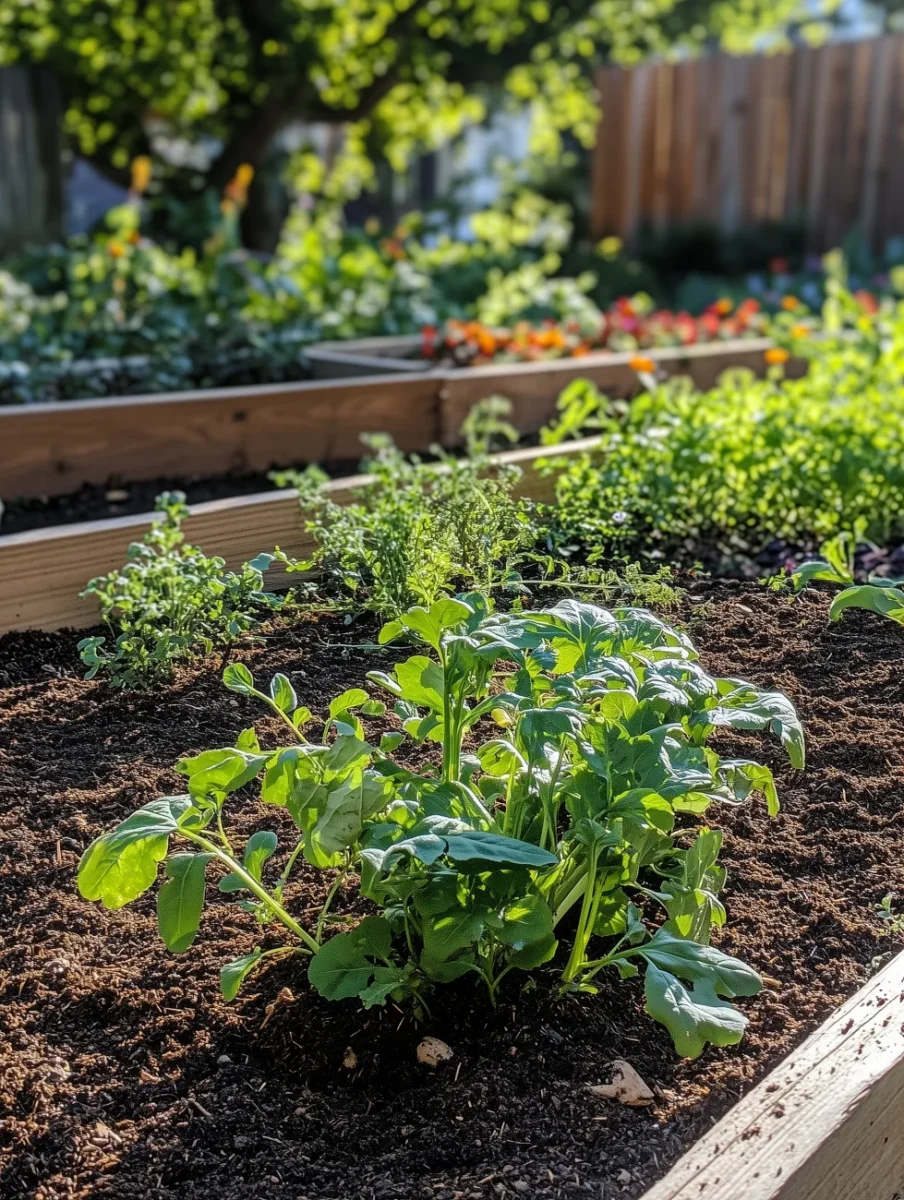
Mulching for Soil Health
What is Mulch?
Mulch is any material applied as a layer on the soil surface. It acts as a protective blanket that mimics the natural leaf litter and organic debris found in forests. Mulch can be organic (materials that decompose over time like wood chips, straw, or leaves) or inorganic (non-decomposing materials like landscape fabric, gravel, or rubber).
Organic mulches offer the dual benefit of soil protection and gradual improvement as they break down, adding organic matter to the soil beneath. The thickness of your mulch layer matters—too thin won’t effectively suppress weeds or conserve moisture, while too thick can prevent water from reaching the soil and create habitat for rodents.
Mulching protects and improves soil by:
- Regulating soil temperature
- Reducing water evaporation
- Preventing erosion
- Suppressing weeds
- Adding organic matter as it decomposes
Effective mulching materials include:
- Wood chips (not touching stems)
- Straw or hay (seed-free)
- Composted leaves
- Pine needles (for acid-loving plants)
- Cocoa hulls or other byproducts
Apply 2-3 inches of mulch, keeping it several inches away from plant stems and tree trunks.
Minimizing Soil Disturbance
Modern soil science increasingly recognises the benefits of minimal tillage. Often known as the no, or low-dig approach, this:
- Preserves soil structure
- Protects beneficial fungi networks
- Reduces weed seed germination
- Prevents bringing dormant weed seeds to the surface
- Maintains soil biology.
Consider no-dig or no-till gardening as methods where you build soil upward, by add successive layers of organic matter, rather than digging down.
Improving Specific Soil Types
Different soil textures have unique challenges and require targeted approaches.
Clay Soil Improvement
Clay soils have excellent nutrient retention but poor drainage and aeration.
Challenges:
- Compacts easily when wet or walked on
- Slow to warm in spring
- Difficult to work
- Poor drainage leads to root rot
- Forms hard crusts when dry.
Improvement Strategies:
- Add coarse organic matter – Incorporate composted bark, wood chips, or leaf mold to create air pockets
- Use gypsum – Helps separate clay particles in sodic soils without changing pH
- Build raised beds – Elevates plant roots above clay subsoil
- Avoid working when wet – Clay soils are easily damaged when too moist
- Use cover crops with deep roots – Daikon radish or alfalfa can penetrate and break up clay
- Add sharp sand – In some cases, coarse builder’s sand (not play sand) can improve drainage (but it is hard to do this over any significant area).
Gradual Approach: Improve clay soil incrementally by adding 2-3 inches of compost each year and avoiding compaction. Patience is essential—significant changes may take 3-5 years.
Sandy Soil Improvement
Sandy soils drain well but struggle to retain water and nutrients.
Challenges:
- Dries out quickly
- Nutrients leach away rapidly
- Low in organic matter and biological activity
- Poor structural stability
- Can become hydrophobic (resistant to water penetration) when very dry.
Improvement Strategies:
- Add water-retentive organic matter – Well-rotted compost, coco coir, or peat alternatives hold moisture
- Use clay-based amendments – Small amounts of bentonite clay can improve water retention
- Apply regular, light fertilization – Frequent, dilute applications prevent nutrient leaching
- Use mulch generously – 3-4 inches to reduce evaporation
- Consider biochar – Charcoal-like material that holds water and nutrients
- Plant cover crops – Quick-growing green manures add organic matter.
Maintenance Required: Sandy soils need more frequent amendment than clay soils as organic matter breaks down faster in the well-aerated environment.
Silt Soil Improvement
Silty soils have good fertility and moisture retention but can easily compact.
Challenges:
- Forms crust when dry
- Can become waterlogged
- Compacts easily with foot traffic
- May have poor structure.
Improvement Strategies:
- Add coarser materials – Composted bark or coarse compost improves structure
- Implement no-dig methods – Minimize disturbance to prevent compaction
- Create permanent pathways – Keep foot traffic off growing areas
- Use cover crops – Particularly those with fibrous root systems
- Apply mulch – Prevent crust formation and erosion.
Loam Soil Maintenance
Loam—a balanced mix of sand, silt, and clay—is the gardener’s ideal, but still needs care.
Maintenance Strategies:
- Replenish organic matter – Add 1-2 inches of compost annually
- Rotate crops – Prevent nutrient depletion and pest buildup
- Use cover crops – Maintain soil biology during fallow periods
- Avoid overworking – Preserve the naturally good structure
- Monitor pH – Even good soils can become acidic over time.
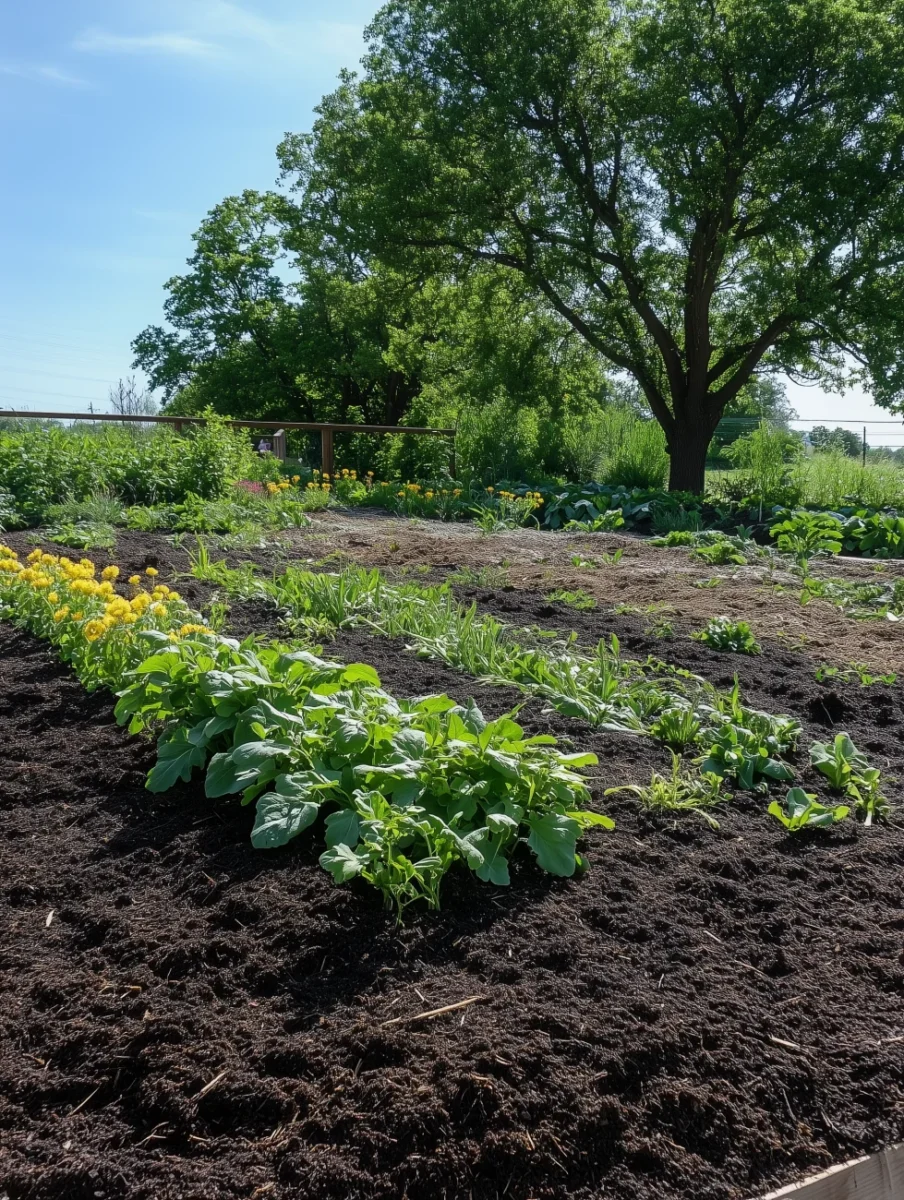
Addressing Common Soil Problems
Beyond texture, specific issues may require targeted interventions.
Adjusting Soil pH
Most plants prefer slightly acidic to neutral soil (pH 6.0-7.0). To adjust:
Lowering pH (Making Soil More Acidic):
- Add elemental sulfur (follow package rates)
- Incorporate pine needles or oak leaf mulch
- Use acidic fertilizers like ammonium sulfate
- Apply peat moss or peat alternatives.
Raising pH (Making Soil More Alkaline):
- Add limestone (calcitic or dolomitic)
- Incorporate wood ash (sparingly)
- Use crushed eggshells for small areas.
Always test soil before and after amendments, as changes take time.
Improving Drainage
Poor drainage can cause root rot and reduced soil oxygen levels:
Solutions:
- Install drainage tiles or French drains
- Create raised beds or mounds
- Add organic matter to improve soil structure
- Plant in ridges or berms
- Consider rain gardens for low areas.
Dealing with Compaction
Compacted soil restricts root growth and water infiltration:
Remedies:
- Use a broadfork to loosen soil without turning it
- Plant deep-rooted cover crops like tillage radish
- Add organic matter to create pore spaces
- Apply liquid aeration products containing humic acids
- Redirect foot traffic with pathways.
Biological Soil Improvement
The life in your soil is as important as its physical properties.
Encouraging Soil Biology
Healthy soil teems with beneficial organisms:
Methods to Increase Soil Life:
- Add compost to introduce microorganisms
- Use compost tea or extracts as inoculants
- Minimize synthetic fertilizers and pesticides
- Keep soil covered with plants or mulch
- Reduce tillage to protect fungal networks
- Include a diversity of plants to support varied soil life.
Mycorrhizal Fungi Applications
These beneficial fungi form symbiotic relationships with plant roots:
Benefits:
- Extend the plant’s effective root system
- Improve nutrient and water uptake
- Increase disease resistance
- Enhance soil structure.
Apply mycorrhizal inoculants directly to roots when planting or renovating beds.
Conclusion: A Living Process
Soil improvement is not a one-time task but an ongoing relationship. The most successful gardeners view themselves as soil stewards first and plant growers second. By understanding your soil’s unique needs and consistently applying appropriate improvement techniques, you create a foundation for garden success that will reward you year after year with healthier plants, reduced maintenance, and increased resilience to weather extremes.
Remember that significant soil changes take time—often years rather than weeks or months. You need to be patient, observe how your soil responds to different treatments, and adjust your approach accordingly.
With persistence and care, even the most challenging soils really can be transformed into productive, vibrant growing environments that support abundant gardens with minimal intervention.
Other Garden Soil Resources
Martin Cole has been an avid plant lover and gardener for more than 20 years and loves to talk and write about gardening. In 2006 he was a finalist in the BBC Gardener of the Year competition. He is a member of the National dahlia Society.
He previously lived in London and Sydney, Australia, where he took a diploma course in Horticultural studies and is now based in North Berwick in Scotland. He founded GardeningStepbyStep.com in 2012. The website is aimed at everybody who loves plants or has been bitten by the gardening bug and wants to know more.
Gardening Step by Step has been cited by Thompson and Morgan, the UK’s largest mail order plant retailer, as a website that publishes expert gardening content.


